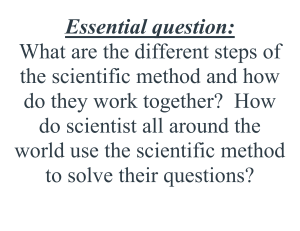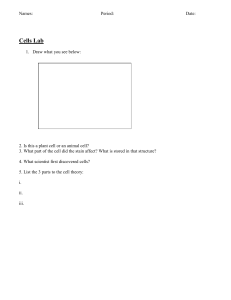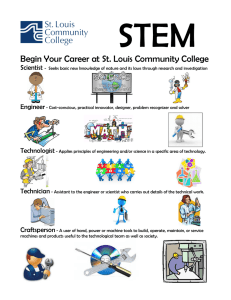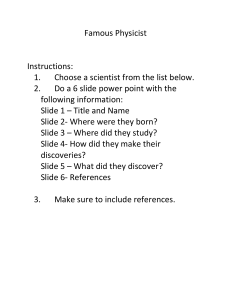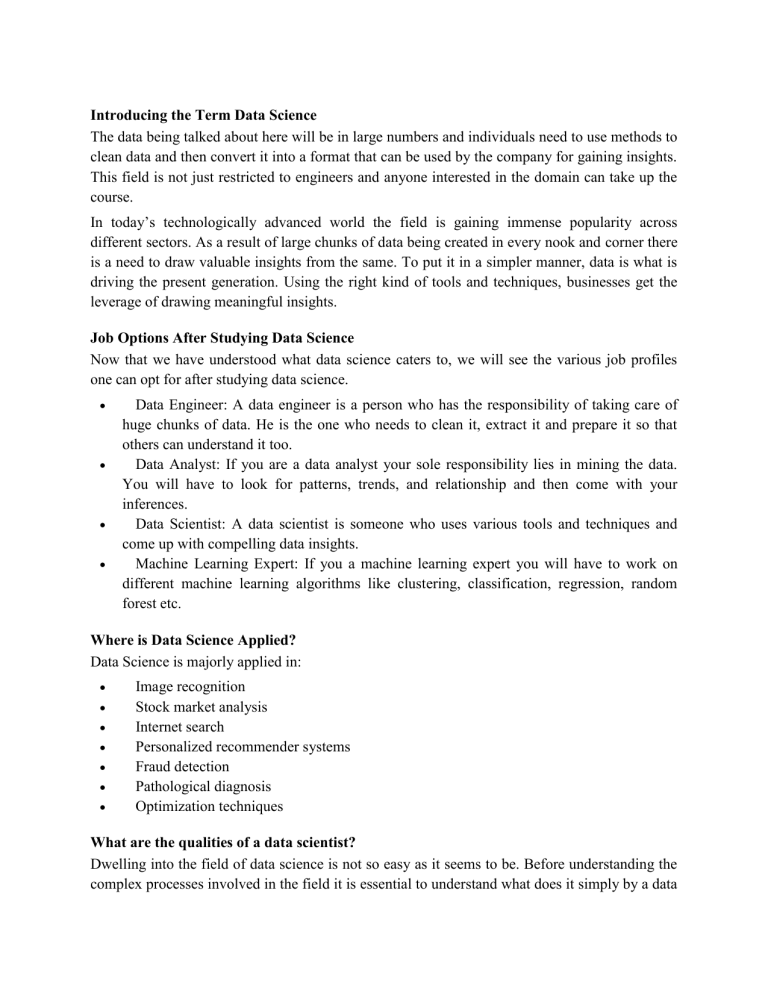
Introducing the Term Data Science The data being talked about here will be in large numbers and individuals need to use methods to clean data and then convert it into a format that can be used by the company for gaining insights. This field is not just restricted to engineers and anyone interested in the domain can take up the course. In today’s technologically advanced world the field is gaining immense popularity across different sectors. As a result of large chunks of data being created in every nook and corner there is a need to draw valuable insights from the same. To put it in a simpler manner, data is what is driving the present generation. Using the right kind of tools and techniques, businesses get the leverage of drawing meaningful insights. Job Options After Studying Data Science Now that we have understood what data science caters to, we will see the various job profiles one can opt for after studying data science. Data Engineer: A data engineer is a person who has the responsibility of taking care of huge chunks of data. He is the one who needs to clean it, extract it and prepare it so that others can understand it too. Data Analyst: If you are a data analyst your sole responsibility lies in mining the data. You will have to look for patterns, trends, and relationship and then come with your inferences. Data Scientist: A data scientist is someone who uses various tools and techniques and come up with compelling data insights. Machine Learning Expert: If you a machine learning expert you will have to work on different machine learning algorithms like clustering, classification, regression, random forest etc. Where is Data Science Applied? Data Science is majorly applied in: Image recognition Stock market analysis Internet search Personalized recommender systems Fraud detection Pathological diagnosis Optimization techniques What are the qualities of a data scientist? Dwelling into the field of data science is not so easy as it seems to be. Before understanding the complex processes involved in the field it is essential to understand what does it simply by a data scientist and what are the qualities that a data scientist needs to possess. Some of the skills include analytical mind, statistical thinking and a problem-solving approach to things to name a few. There are others as well. They are: A data scientist needs to be aware of the real-world data problems. This is essential to get a clearer picture of the processes involved in the field. If a data scientist is unaware of the real-world problems, he won’t be able to solve the ones in the virtual world as well. If you are a data scientist, you need to be well versed with the happenings in the same field otherwise your knowledge will be simply rendered useless. As of late, there are a lot of meetups and competitions about data science that takes place throughout the country. As a data scientist, you need to attend these and take part in knowledge transfer sessions. If you are someone who wishes to become an accomplished data scientist someday, you need to understand the fact that it is a mandate to have a collaborative approach towards your work. You need to talk and interact with your peers as much as possible and keep reading about the latest advancements in the field of technology. It is essential to act like a team member instead of simply being an individual contributor. In order to excel in the field of data science, it is imperative that you practice on a daily basis. This needs to be done so that you can upgrade your skill set continuously. Without practice, one stay updated and loses touch with everything. Before jumping on to the complex technical processes that data science entails, make a thorough note of the points metioned above so that you do not face any hurdles. What is Data Science? Data science can be explained as the science that deals with the identification, representation, and extraction of needful and meaningful information from a pool of data that are useful for the further growth of the business. It is actually a mixture of programming and analytics that works on unstructured raw data to create finely chopped useful pieces. The presence of a large amount of data with various structure and purpose, it is quite difficult to choose the most appropriate one. It is in this phase that the data engineers set up databases and data storage to ease the data mining. In a business firm, the amount of data creation increases rapidly and the data scientist helps such organizations to convert the raw data into valuable business data. Data extraction converts the unstructured data into pure and polish data that will be useful for further processing. The important characteristics that a data engineer should possess are good knowledge of machine learning, statistical skills, analytics, coding, and algorithmic experience. Taking up data science career means you have to make yourself expertise in deploying statistics and deducting reasoning. The best way to get the best result is going through several steps that every data scientist should obey. It includes: Understanding the problem Collecting enough data Processing the raw data Exploring the data Analyzing the data Communicating the results Subsets of Data Science The different subset of data science includes: Data Analyst It includes analysis of data using various tools and technologies. It can be done using various programming languages. Data Architect He performs the high-level strategies that include integrating, centralizing, streamlining and protecting the data. He should have high authority over various plans and should have good knowledge of various tools like Hive, Pig, and Spark etc. Data Engineer He is supposed to work with a large amount of data where the logical statistics and programming languages club each other. The data engineer should have a software background. Data Science – the three Skillset Data science can be called a club of three major skills which includes mathematical expertise, hacking skills (technologies) and strong business acumen. Mathematical Expertise Before approaching the data, the data scientist should create a quantitative strategy through which exact dimensions and correlations of data can be expressed mathematically. The solutions to many business problems can be solved by building analytical models. It is a misconception that the lion’s share mathematics includes the statistics. But, the fusion of both classical and Bayesian statistic is will be helpful. Hacking Skills (technologies) Here we don’t mean breaking a computer and taking out the confidential data. The hacking here refers to the clever technical skills that will make the solutions as faster as possible. Many technologies are very important in this area. Many complex algorithms are related to each task and hence the deep knowledge in core programming languages is a must. Data flow control is another sophisticated area. The man dealing with the problem should be tricky enough to find the loops and high dimensional cohesive solutions. Business Acumen A data scientist should have a solid awareness of tactical business traps. He will be the one person in the organization that works closely with the data and hence he can create great strategies that will solve very minute problems. Top tools of Data Science It is categorized as: R Programming SQL Python Hadoop SAS Tableau Differentiating Data science from Big data Big data consists of structured, unstructured and semi-structured data whereas data science deals with programming, statistical and problem-solving techniques. In big data, we will be using various methods to extract meaningful insights from large data. In data science, we will be using the above-mentioned techniques to solve the problems. Irregular and unauthorized data will be dealing with data science. The importance of data science is increasing day by day. There are many factors that enable its growth. Evolution of digital marketing is an important reason. The data science algorithms are used in every strategy in digital marketing to increase the CTR. Also, the data science will increase the performance. It will give way to real-time experimentation. One who can please the customers will win the business. Data science will create the best way for the same Applications of Data Science Some of the major applications of data science are as below: Internet search Personalized recommender systems Image recognition Fraud detection Optimization techniques Stock market analysis Pathological diagnosis Qualities of a Data Scientist If you want to learn Data Science you should also be aware of the various strengths of a Data Scientist. In this Data Science tutorial you will also see that there are a lot of skills that you need to master in order to become a successful data scientist. Some of the skills that an accomplished data scientist will possess include, technical acumen, statistical thinking, analytical bent of mind, curiosity, problem-solving approach, big data analytical skills and so on. OPD Data Science Process Step 1: Organize Data It includes the physical storage and formatting of data and integrated finest practices in data management. Step 2: Package Data In this the prototypes are created, the visualization is built and also statistics is performed. It includes logically joining and manipulating the raw data into a new representation and package. Step 3 : Deliver Data In this process data is delivered to those who need that data. Why Data Science? Here, are significant advantages of using Data Analytics Technology: Data is the oil for today's world. With the right tools, technologies, algorithms, we can use data and convert it into a distinctive business advantage Data Science can help you to detect fraud using advanced machine learning algorithms It helps you to prevent any significant monetary losses Allows to build intelligence ability in machines You can perform sentiment analysis to gauge customer brand loyalty It enables you to take better and faster decisions Helps you to recommend the right product to the right customer to enhance your business Evolution of DataSciences Data Science Components Statistics: Statistics is the most critical unit in Data science. It is the method or science of collecting and analyzing numerical data in large quantities to get useful insights. Visualization: Visualization technique helps you to access huge amounts of data in easy to understand and digestible visuals. Machine Learning: Machine Learning explores the building and study of algorithms which learn to make predictions about unforeseen/future data. Deep Learning: Deep Learning method is new machine learning research where the algorithm selects the analysis model to follow. Data Science Process 1.Discovery: Discovery step involves acquiring data from all the identified internal & external sources which helps you to answer the business question. The data can be: Logs from webservers Data gathered from social media Census datasets Data streamed from online sources using APIs 2.Data Preparation: Data can have lots of inconsistencies like missing value, blank columns, incorrect data format which needs to be cleaned. You need to process, explore, and condition data before modeling. The cleaner your data, the better are your predictions. 3.Model Planning: In this stage, you need to determine the method and technique to draw the relation between input variables. Planning for a model is performed by using different statistical formulas and visualization tools. SQL analysis services, R, and SAS/access are some of the tools used for this purpose. 4. Model Building: In this step, the actual model building process starts. Here, Data scientist distributes datasets for training and testing. Techniques like association, classification, and clustering are applied to the training data set. The model once prepared is tested against the "testing" dataset. 5. Operationalize: In this stage, you deliver the final base lined model with reports, code, and technical documents. Model is deployed into a real-time production environment after thorough testing. 6. Communicate Results In this stage, the key findings are communicated to all stakeholders. This helps you to decide if the results of the project are a success or a failure based on the inputs from the model.
